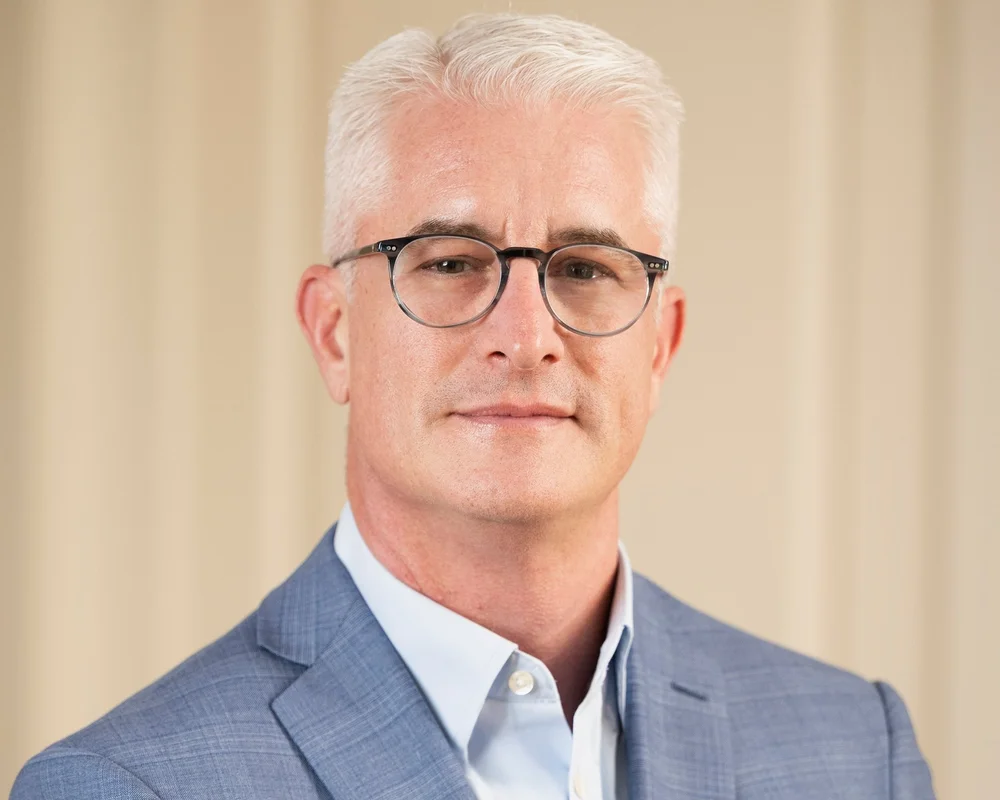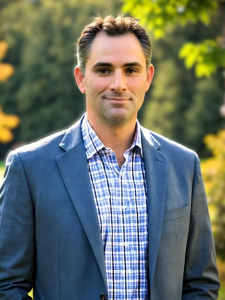 Might we be on the edge of a new phase of consolidation on the US fiber landscape? That’s what FiberLight CEO Bill Major has on his mind at the moment. He took the helm last spring when Morrison & Co finalized the purchase of FiberLight from Thermo Companies. With Morrison’s backing, the company has the resources to be more aggressive both organically and inorganically. How do they view the industry right now? Let’s find out.
Might we be on the edge of a new phase of consolidation on the US fiber landscape? That’s what FiberLight CEO Bill Major has on his mind at the moment. He took the helm last spring when Morrison & Co finalized the purchase of FiberLight from Thermo Companies. With Morrison’s backing, the company has the resources to be more aggressive both organically and inorganically. How do they view the industry right now? Let’s find out.
TR: Why do you think we are entering a new phase of fiber M&A activity?
BM: After being in this industry now for greater than 25 years, there are some key indicators. As you look across this landscape, you’ve got all this money coming in from the Infrastructure Act. People are still waiting on the BEAD grants that lots of folks applied for to bridge the digital divide. But they designed their routes and wrote their applications before interest rates crept up to the level they have now reached. At one point we were looking to the Fed for four rate cuts this year, then three, then maybe two, and now we’re down to hoping we don’t have a rate hike. The fiber designs that were created were based on economics that no longer translate to the current macroeconomic environment today. Therefore, I think there’s going to be a lot of distressed assets there. Additionally, if you look at some of the larger regional providers, they’re now year five or year six with their current sponsors. Many are going out to refinance at this time, but doing so at SOFR+4 or SOFR+6 it makes it very difficult to compete.
TR: Are there particular types of BEAD projects that might be difficult to justify economically now?
BM: I think it’s going to be universal. It’s going to be the middle mile. It’s going to be the last mile.
TR: How could providers have done better with this?
BM: In states that wanted to get ahead of fiber to the home, there were grants in some municipalities that funded a couple of fiber to the home businesses. They ended up overbuilding one another, trying to get to the most accretive neighborhoods. They weren’t going where there were lower income and actually trying to bridge that digital divide. There have been projects awarded through tier 2/3 three cities where they’ve already awarded agreements, but those carriers are still trying to raise capital. Those contracts are going to have to go back to those cities and back out in RFP.
If we have the assets in place, that middle mile, instead of everybody trying to overbuild and go on that same right-of-way that’s already congested, why not buy from a company like FiberLight to get that middle mile access and then concentrate on just the fiber to the home. Then grant money will extend a lot further. But I don’t think a lot of the companies are looking at it that way. The old adage is that the person that has the most fiber is going to win. Everybody just wants to build and own end-to-end, but the economic conditions don’t support it.
TR: How might the current environment translate into consolidation?
BM: There has been plenty of consolidation over the last 10 years, and in my previous life, we did eight or nine in as many years. I believe this is one of the most unique times — the M&A opportunity is different right now from what we have seen. It might be the first time where you’re going to have to see two regionals come together. The multiples aren’t 18 to 22 anymore for enterprise fiber. Nowadays, you’re looking at multiples in the low teens. The next 18 to 24 months may be interesting times.
TR: There is still plenty of money out there looking to invest in infrastructure, so where is it going?
BM: We have AI, of course. People are trying to determine whether it is a boom or a bubble. I do think it is a boom and it could be bigger than the internet boom, but it is still so much in the infantile state. I can’t wait until we’re ready to utilize AI so I can gain operational efficiencies and be able to service our customers better. But for now the AI boom means that data centers are having tremendous success right now. At Metro Connect back in February, DigitalBridge put up their CapEx budget for 2024 and it was very telling that nearly 85% was going strictly towards data centers and AI.
TR: For M&A to happen you need buyers also. Might FiberLight look to be one of those buyers?
BM: Yes. It’s been one year since we closed with our new sponsors, and they want to put money to work. I don’t see that with other players. I continue to hear CapEx budgets are getting cut year over year. But we’re going to be very strategic and use our dry powder where appropriate. We’re not trying to be everything to everyone. It’s not a race anymore.
When I was appointed a year ago, I took over a 20+ year-old company that never had a go-to-market strategy to monetize the existing assets. We’ve now added 30 salespeople to go from an inside sales approach to a segmented approach to enterprise, strategic enterprise, wholesale carrier, and wireless. By segmenting the market, we’re now able to take one mile of fiber and understand what its value is to us. By monetizing the assets, we then generate that working capital which will allow me to be selective yet extremely aggressive in picking up those distressed assets.
TR: What kind of assets might FiberLight be interested in? FTTH is everywhere right now, could that be a target?
BM: We’ll never get into Fiber-to-the-Home. I’ll leave that to the people that want to be in that business. I want to be really, really good at our core competencies of designing, constructing, and operating a business network. When you start dabbling in other things you lose your identity. So we are going to be myopically focused on being the most reliable, dedicated fiber provider in the space. I’m not trying to chase a budget that was put in place that now has economic headwinds impacting my ability to execute. We’re executing at record levels right now for top line and bottom line.
TR: What geographical areas would you be looking to pick up distressed assets in?
BM: I would love to expand our network through either organic growth, M&A, or in partnership with data centers and hyperscalers to build a contiguous network. I don’t want a stranded island up in Virginia and another stranded island in Atlanta. How do we bridge that gap? Louisiana is not at the top of my list, but I’d love to expand in the Carolinas further. I’d like to continue to expand in the mid-Atlantic off of our Virginia/Maryland assets. Coming from the Midwest and knowing the data center boom on the east side of Columbus, I wouldn’t be opposed to start working our way that direction as well. But I don’t want my team distracted by a shiny object over in New Mexico. That’s not going to benefit our long-term returns for investors.
TR: How imminent do you think this next phase of consolidation might be? Are we on the cusp?
BM: I think we are coming up to the edge, and I see it accelerating. One of the key indicators may be the recent T-Mobile announcement of the Lumos acquisition. Does this spur a bunch of those FTTH companies that have had some success to start putting up for sales signs? Unless interest rates come down and those companies have the ability to refinance, I think we’re going to see it. Over the next 18 to 24 months things are going to get extremely aggressive from an M&A perspective.
TR: What changes have you made to prepare for FiberLight’s next phase of expansion?
BM: With our new CRO Tyler Coates, who joined in June 2023, we have put together all of the TAM data of our 19,000+ miles of network. We have built modules for buildings that are 500 feet from a splice location. We know what the costs are going to be to build a lateral to bring that shiny building on net. That makes it a lot easier to get that enterprise machine going. Then by delivering on that customer experience, wholesale pulls through. We recently won a school conglomerate in the Texas panhandle around Amarillo. We’re going to add 500 miles of brand new fiber that connects all the schools. It’s going to be by all the enterprise businesses. It’s going to enable edge data centers when quantum learning starts. It’s going to be able to serve the community. We are being selective where we put our capital to work. We’re not greenfield or speculative building, it is success-based.
TR: So what should we be watching for from Fiberlight in the near future?
BM: FiberLight is going to be extremely aggressive on all segments of the market. We’ll continue to do well with the hyperscalers and content. We actually have an enterprise machine now and its engine is running. We’ll continue to do well on the wholesale and carrier side, such as fiber to the tower. And we are doing a lot for cross-border content. Our fiber is in some of the most accretive and fastest growing markets. We just have to monetize it and continue to build.
TR: Thank you for talking with Telecom Ramblings!
If you haven't already, please take our Reader Survey! Just 3 questions to help us better understand who is reading Telecom Ramblings so we can serve you better!
Categories: Fiber Networks · Industry Spotlight · Mergers and Acquisitions · Metro fiber






Discuss this Post